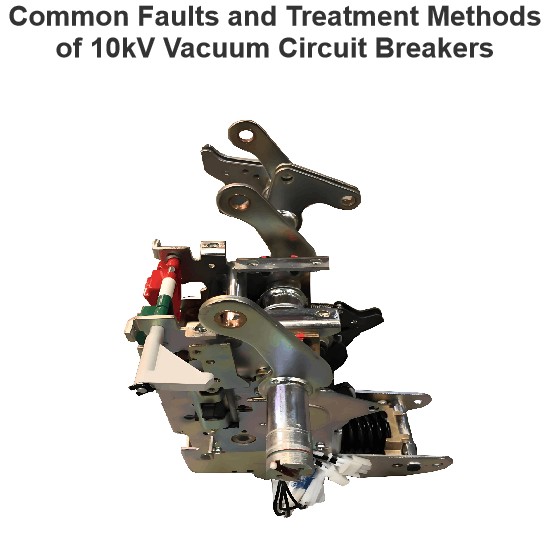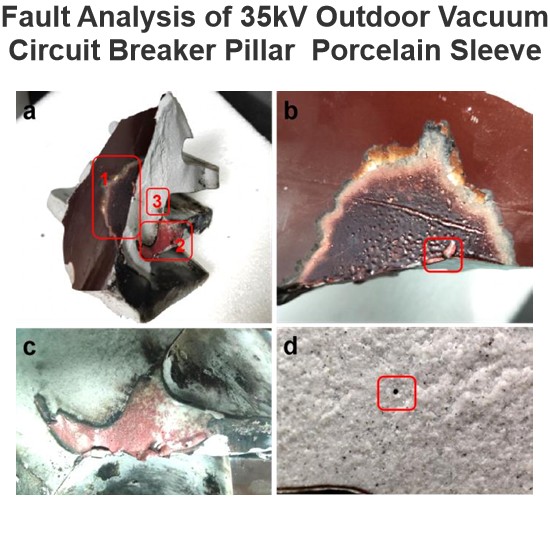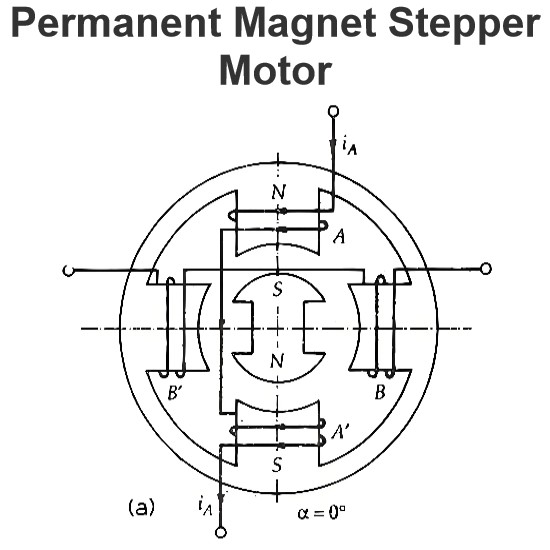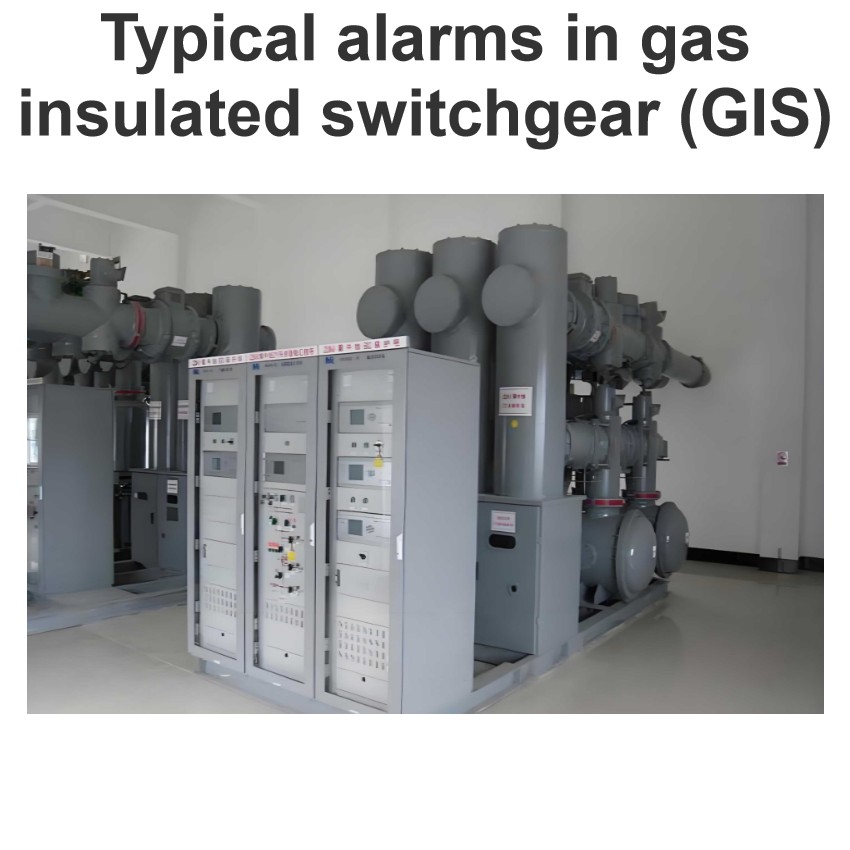| Brand | Wone |
| Series | JKY/JKV |
Application
It’s mainly used for the overhead power circuit of rated voltage up to and including 1kV
Standard
GB/T12527-2008
Model and Name
JKV/JKLV PVC insulated overhead insulated cable
JKYJ/JKLYJ XLPE insulated overhead insulated cable
JKY/JKLY PE insulated overhead insulated cable
Structure diagram
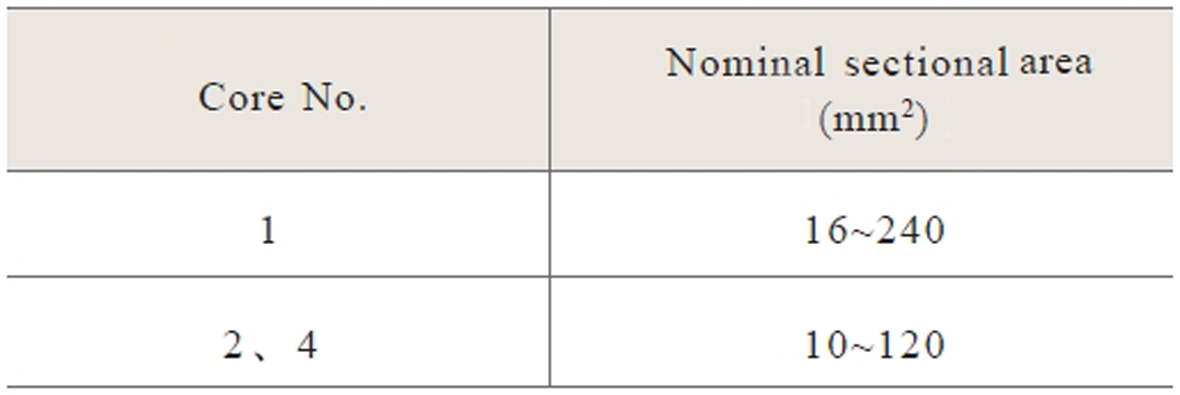
Specification
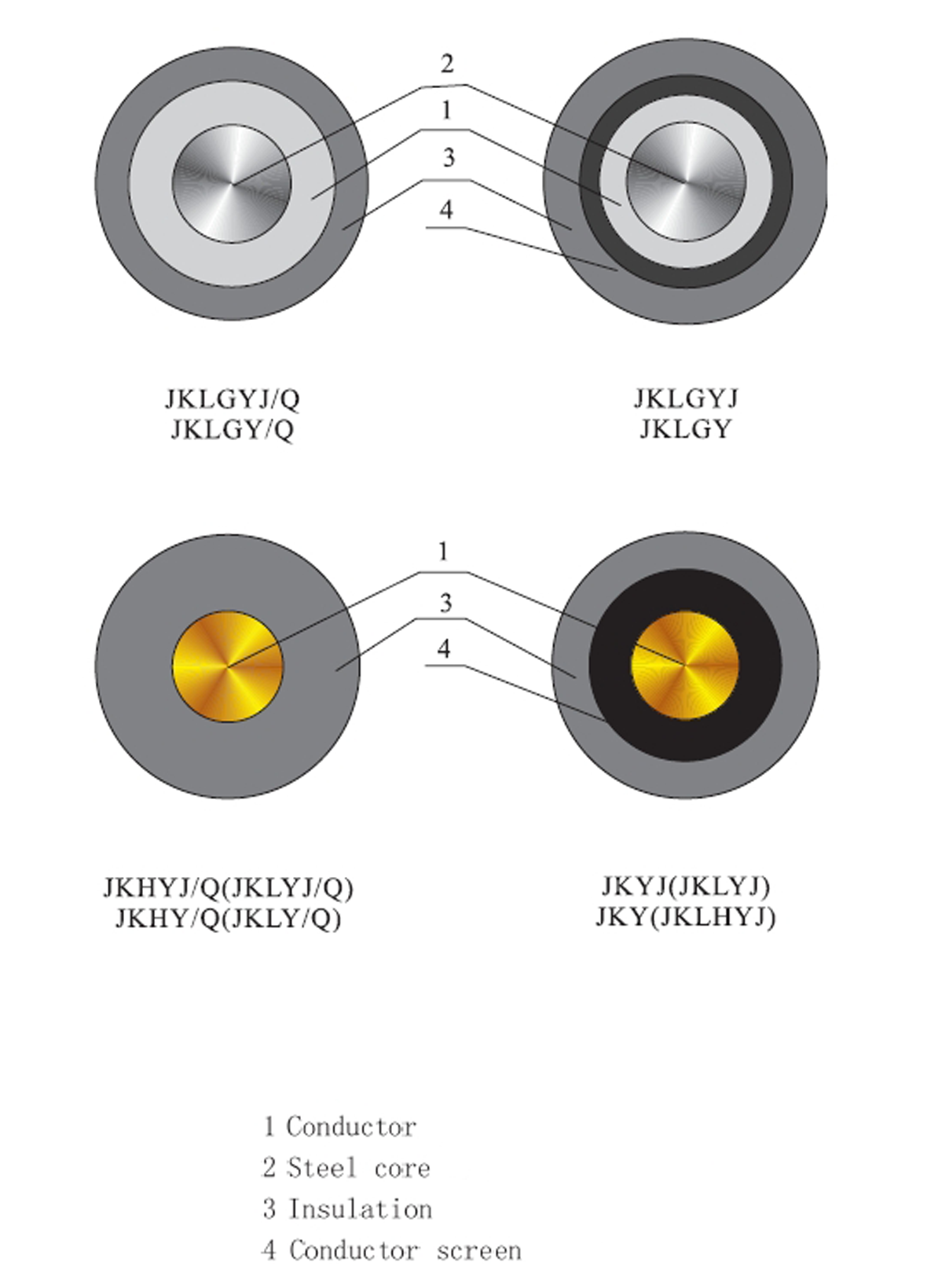
Application Condition
a. It is suitable for power frequency A.C. system, when it is applied to D.C. system, the nominal voltage of this system should not be more than 1.5 times of rated voltage of cable;
b. It is suitable for occasions where the max ambient temperature is lower than 50℃ ;
c. It is applicable for aerial installation.
Working Condition
a. Max permissible working temperature of PVC and PE insulated conductors for long-term working temperature is 70℃;
b. Max permissible temperature of A.C. PE insulated conductors for long-term working temperature is 90℃;
c. Laying temperature of cable should not be lower than -20 ℃ ;
d. Min bending radius of cable: for cables whose outside diameter is smaller than 25mm, it should not be smaller than 4 times of cable diameter ,for cables whose outside diameter is larger than 25mm, it should not be smaller than 6 times of cable diameter.
Structure Size and technical parameter
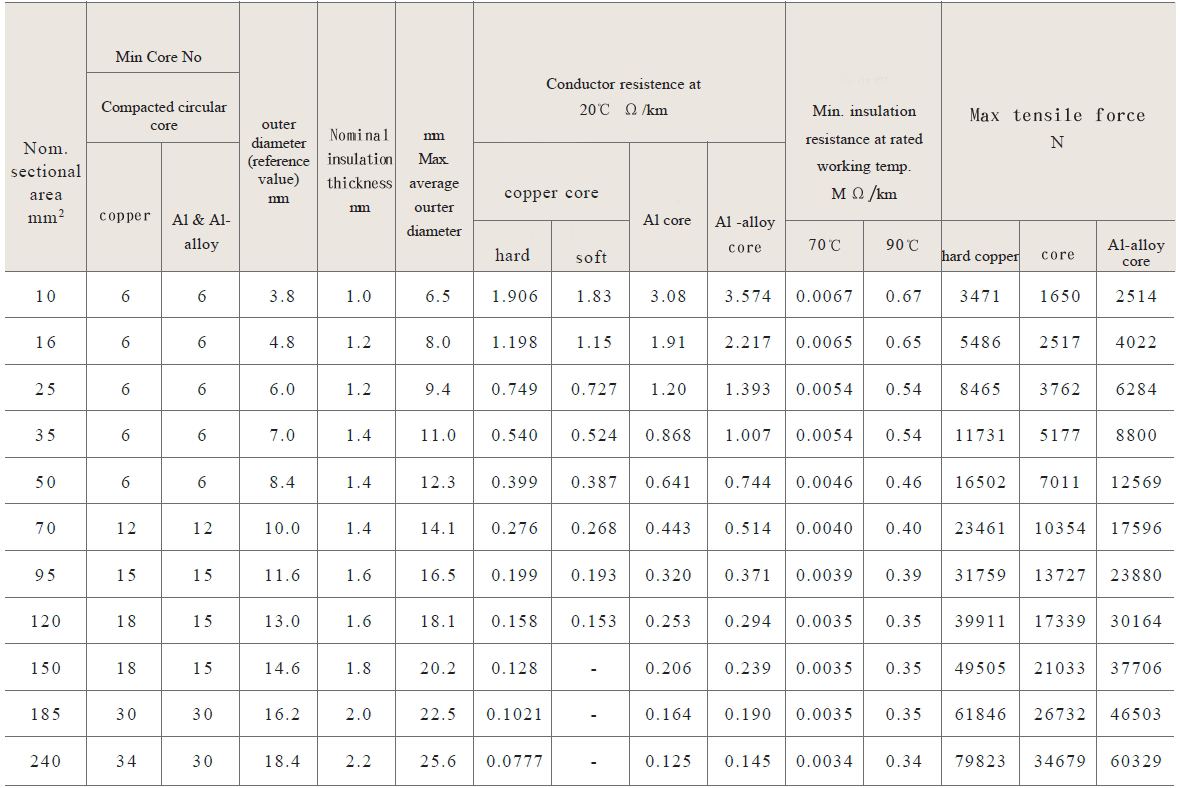
Q: What kind of cable is the JKY/JKLY cable?
A: JKY/JKLY cable cable is copper core (aluminum core) polyethylene insulated overhead cable.
Q: What are the characteristics of JKY/JKLY?
A: Its copper core (aluminum core) has good electrical conductivity and can efficiently transmit current. The polyethylene insulation layer has good insulation performance and can effectively prevent the occurrence of leakage. JKY cable structure is relatively simple, light weight, easy to install and erect, suitable for use in overhead lines. At the same time, it has a certain ability to adapt to the environment, and can work stably under normal climate and environmental conditions.
Q: What scenarios are JKY cables mainly used in?
A: JKY cable is mainly used in overhead power transmission scenarios, such as in rural power grid construction, because of its relatively low cost and can meet the basic power transmission needs, it is widely used in power transmission lines from substations to villages. It is also often used in small industrial parks or power distribution lines around towns.
